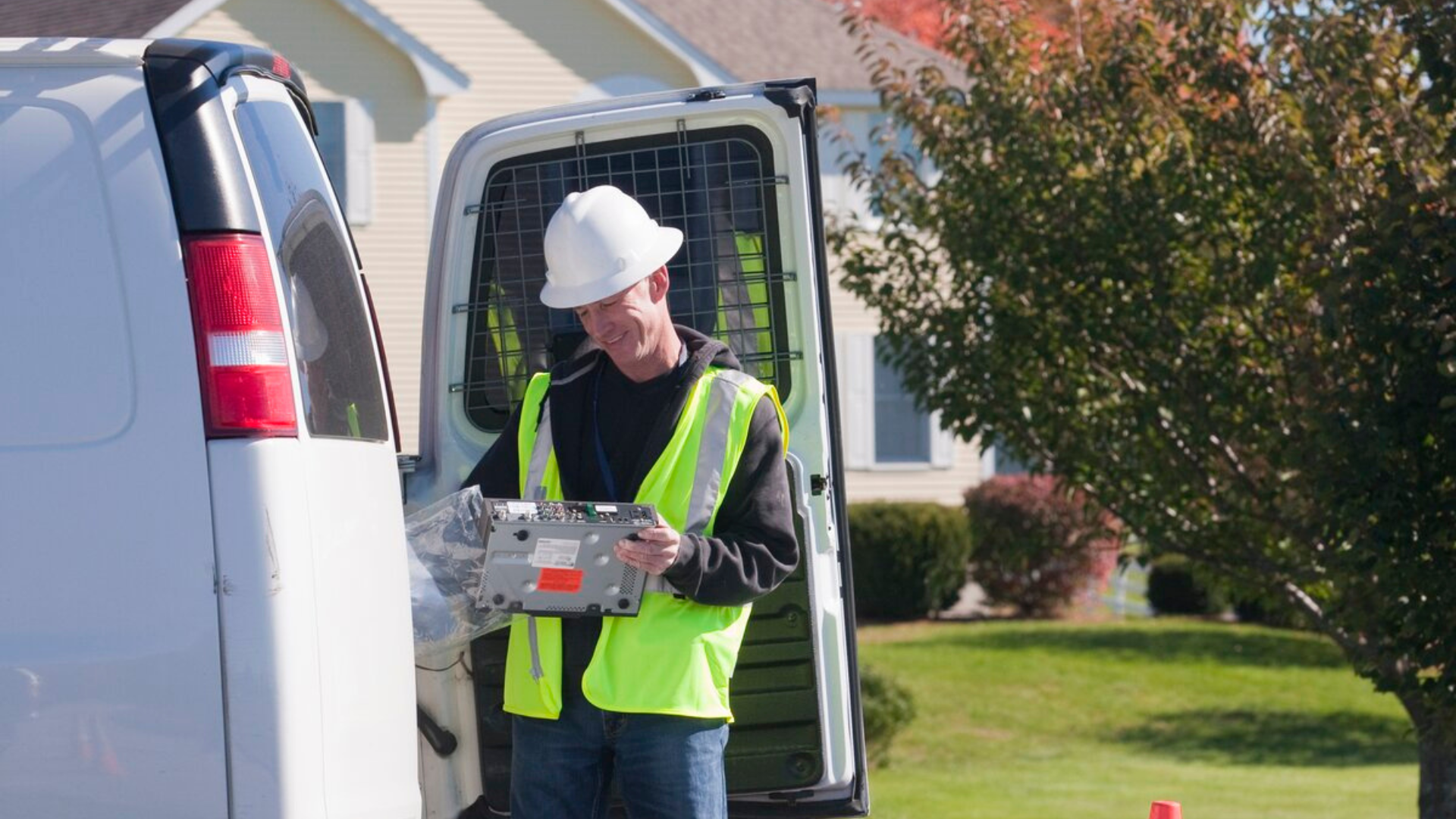How integrated data can help fleets scale up their EVs

Nov 5, 2025

Organisations with fleets of vehicles that transport technicians, goods and services to their customer locations fall under the umbrella term “field services”. For these fleets, early electrification programmes will focus on the low-hanging fruit; vans with predictable, low-mileage routes that park at the same depot or return to an employee’s private driveway every night. While this might represent a significant proportion of your fleet, scaling up to 100% EV adoption can still present a significant operational challenge.
In this blog article, we explore how field service fleets can use integrated vehicle and charging data to plan ahead, operate more efficiently, and confidently evolve towards a fully electric future.
Use eco-driving to ease charging demands
For electric fleets that return to depot at night, ensuring efficient use of your charging infrastructure is key if you want to add more EVs. Driver training can help by improving eco-driving habits so that EVs attain the maximum range and return with more battery charge, reducing how much energy they require overnight. Managers can then track driver efficiency through their telematics system to see who needs additional training.
Even if the EVs return to employees’ homes or are part-charged at customer premises, the need for eco-driver training and monitoring remains critical to reduce charging demands and costs, and to ensure maximum range.
Use dwell data to charge away from the depot
Some fleet telematics solutions provide vehicle dwell time analysis, together with heat maps that show the locations where fleet vehicles consistently rest during the day. By overlaying these heat maps, fleets can identify where public infrastructure could be utilised, or where a charging point could be installed at a customer's premises to extend range and spread the need for power over the day. If several vehicles regularly stop in one location for an hour a day, a 22kW charger could help to minimise headroom at the depot.
Integrate telematics and charge management systems to streamline charging events
The efficient scaling of electric vehicles will rely on seamless integration between your fleet telematics solution and the Charge Management System (CMS). This will help you to avoid peak demand charges, balance loads to avoid site overload, and orchestrate charging to maximise charger utilisation and ensure all vehicles are ready when needed.
By using connected vehicle insights to analyse each vehicle’s current state of charge (SOC) data, the driver’s average energy efficiency, and the range requirements of their next scheduled shift, the CMS can be instructed with the exact level of charge that each vehicle will need to comfortably complete the following day’s route.
If some EVs have consistent and low mileage routes, they can be charged on an alternate schedule, where select vehicles may be charged only every two or three days. This provides the opportunity to further reduce the demand on charging infrastructure.
Integrate solar and battery storage to expand capacity
As you electrify more of your fleet, on-site solar panels and battery storage can help you meet the growing power demands. Some fleets are also exploring vehicle-to-grid (V2G) tech, where EVs return energy to the grid when parked.
To make these systems work together, you’ll need strong integration between vehicle telematics, your charging setup, and charge management tools so that you can plan how vehicles and infrastructure support one another.
Future-ready fleets run on integrated insights
Getting to 100% EV won’t happen overnight. But with every new vehicle and charger you add, you gain data that can guide the next step. By integrating your telematics, charge management software and infrastructure, field service fleets can make confident, data-driven decisions that accelerate the transition.
Download the free field service fleet sustainability ebook to explore practical steps to reduce emissions, improve efficiency, and scale up your electric vehicle operations.
Subscribe to the Geotab Blog

Senior Marketing Specialist, SWE at Geotab
Table of contents
Subscribe to the Geotab Blog
Related posts


How to reduce the carbon footprint of your current vehicles
November 5, 2025
2 minute read

Practical strategies for bus fleets to cut fuel costs and carbon emissions
November 3, 2025
2 minute read

The need for unified EV data to maintain electric bus condition
November 3, 2025
2 minute read

How integrated data can help last mile fleets move towards 100% EV adoption
August 29, 2025
3 minute read

How last mile fleets can initiate their electrification journey
August 29, 2025
3 minute read